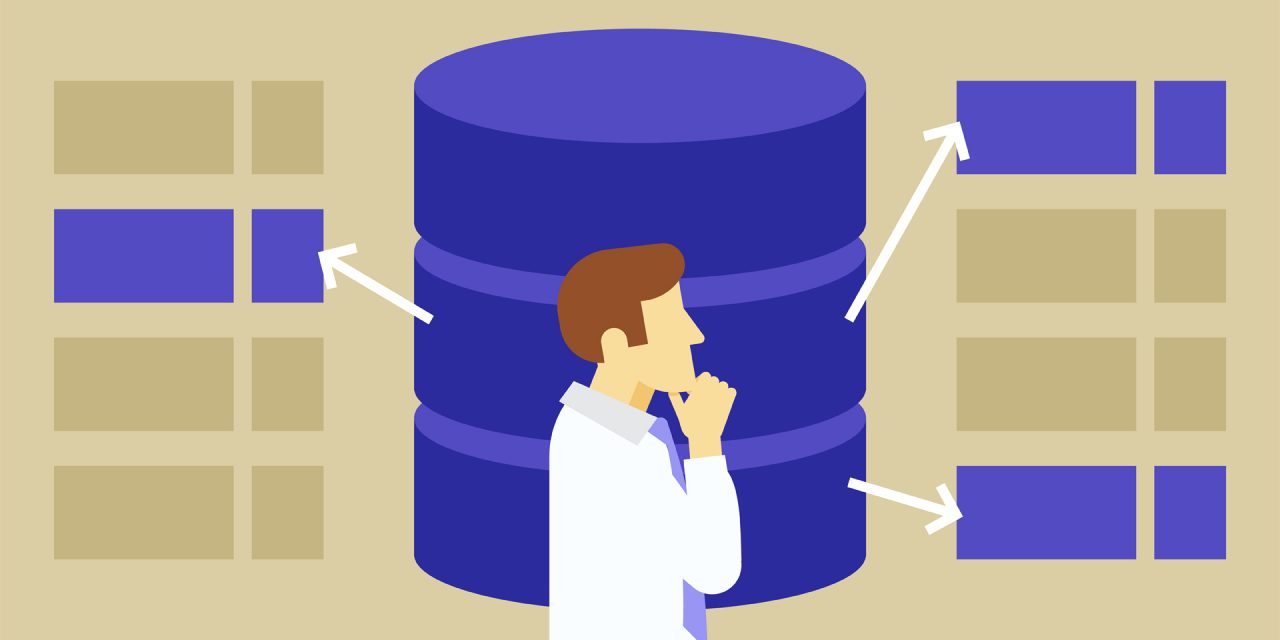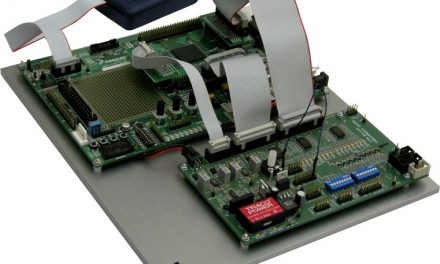A database management system (DBMS) is the software that allows users to store, modify and retrieve information from a database as per the requirements. DBMS have a number of advantages and disadvantages compared to their alternatives (often file processing systems).
Table of Contents
Advantages Of DBMS
Reduced redundancy
In file system based storage, each application has its own private files which it cannot share with other applications. This often leads to redundancy, a situation where the same data is replicated across several files. Such existence of multiple copies of the same data is wasteful of storage space. DBM systems are designed to reduce unnecessary redundancy.
Minimised inconsistency
The aforementioned existence of multiple copies of the same data in file processing systems becomes especially problematic when this data has to be updated or modified in any way. This can lead to situations where what should be the exact same data varies across different files. Suppose an organisation stores an employee’s information in a file processing system. If there are multiple copies of this information it becomes more likely that when it has to be updated (say a change of residential address) not all copies will be updated. The employee information therefore becomes inconsistent with different files or branches of the organisation having different addresses for the same employee. DBM systems allow any changes made to stored data to propagate throughout the organisation.
Standards can be enforced
Since a DBMS is a central system, standards can be enforced for all its users and applications. Standards are particularly important during migration or interchange of the data. Compare this with a traditional file system which is an independent system so standards cannot be easily enforced across multiple independent applications.
A centralized DBMS can be shared by multiple applications. These applications can be developed to operate against the same saved data.
Improved data security
When multiple users share a database, it is often the case that it is undesirable that all these users have equal access to the data. A DBMS can be used to control who can access or modify what piece(s) of information. A system of accounts and passwords is used where each account/user can have different access privileges from the others.
Concurrent access
Many DBM systems allow several of their users to access them at the same time. Such DBMS can therefore safely handle multiple users and applications accessing the same information (and sometimes modifying it), a process which can lead to conflicts and errors if not managed properly.
Provides backup
Centralised storage of data makes the process of backing up easier. This is important since the information in a database should be salvageable even in the case of a hardware or software failure.
Better data integration
Access to centralised and properly managed information from different branches of the same organisation allows one to have a unified view of the data from different sources. Wider access to well-managed and centralised data promotes an integrated view of the organisation’s operations and a clearer view of the big picture. It then becomes easier to see how actions in one end of the company affect the other.
Improved data access
While it might take considerable user time and effort to look for specific information in a file processing system, queries can be used in DBM systems to obtain this information much quicker.
Better decision making
Improved data sharing and better managed data which is easier to access allows businesses to make quality informed decisions which will promote the growth of the organisation.
Data atomicity
An atomic transaction is one in which all of the database transactions occur or none of them do. If any transaction is interrupted while it is in progress the DBMS then has to roll back the actions that have already occurred. An example is an imaginary database that stores the balances of, say, the account holders in a bank. If funds are being transferred from the account of one customer to that of another then the corresponding database transactions can be as follows: funds are deducted from the sender’s account and added to that of the recipient. Therefore in an ideal scenario if either one of those actions fails to complete then the transaction as a whole should be reversed.
Disadvantages Of DBMS
Complexity
The extensive functionality of good DBM systems often makes these very complicated software systems. These systems often interface with many different technologies and all this complexity has a significant impact on a company’s resources and culture.
Size
The complexity and breadth of their functionality makes database management systems extremely large pieces of software, occupying significant disk space and requiring substantial amounts of main memory to run efficiently.
Higher impact of failure
The centralisation of resources increases the vulnerability of the organisation to a system failure. Since a large number of users and applications rely on the availability of the DBMS its failure can bring the operations of the entire organisation to a halt.
Cost
DBMS require sophisticated hardware, software and highly skilled personnel. The cost of maintaining the system together with that of hiring the personnel can be substantive. Other significant costs include those associated with training, licensing and regulatory compliance.
Additional hardware costs
Disk storage requirements for the DBMS and database may necessitate the purchase of additional storage space. Furthermore in order to achieve optimal performance of the system it may become necessary to purchase a more capable computer, perhaps even one dedicated to running the DBMS.
Cost of conversion
In some cases the cost of the DBMS and any extra hardware that such a system demands may be insignificant compared to the cost of converting and adapting existing applications to use the new system.
Maintaining currency
To maximize efficiency of the system it must be kept as up-to-date as possible. This includes frequent updates and the regular application of the latest patches and security measures to all components of the system. Since technology advances rapidly, personnel training costs to keep up with these changes tend to be very significant.
Vendor dependence
Since organisations invest so heavily in the technology and training personnel to use it, companies are often reluctant to change DBMS vendors. This often ties organisations to their original systems even when superior alternatives become available.






